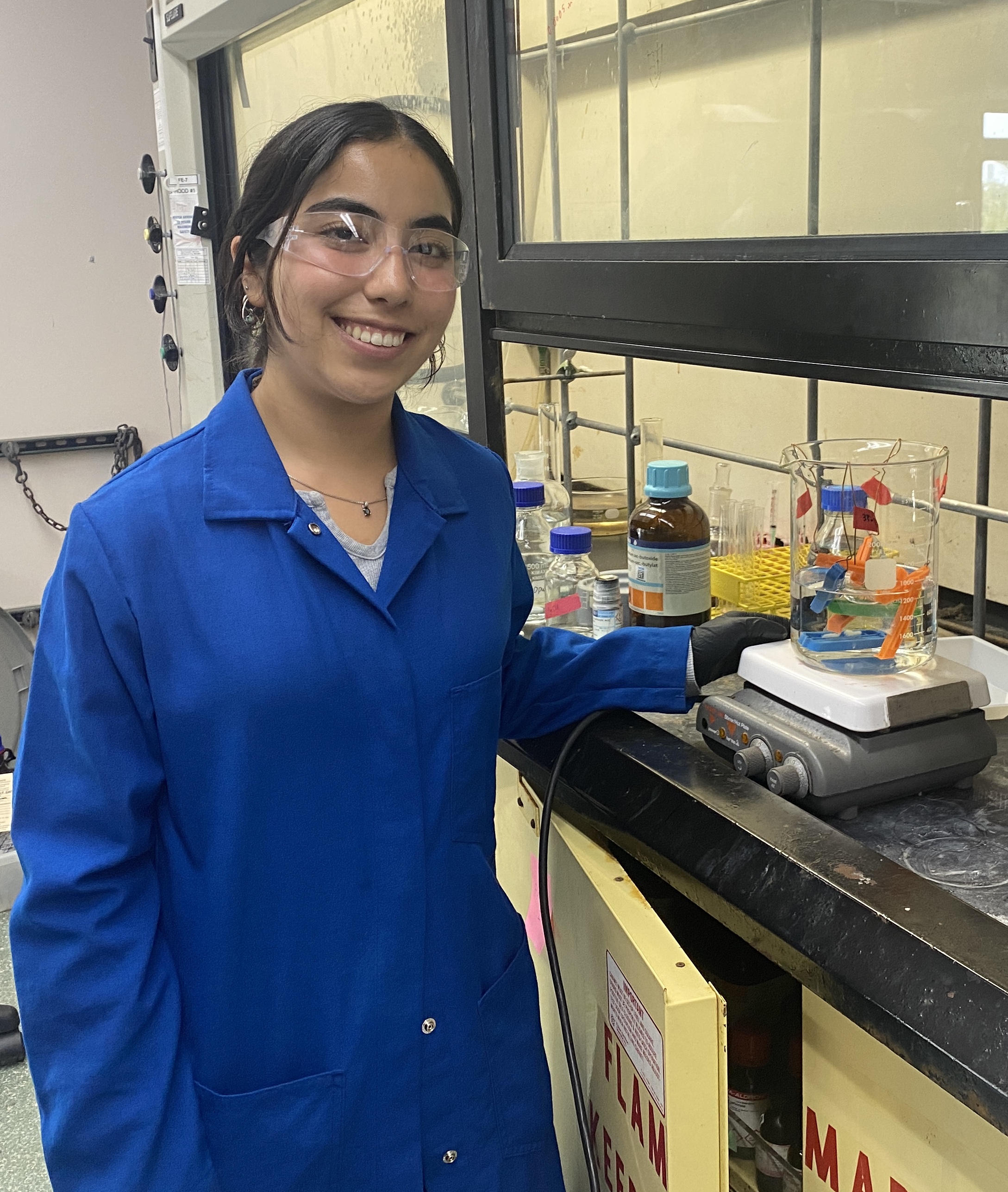
Biomimetic, self-assembling polymers have opened a new pathway of biomedical research that has the potential for targeted drug delivery. In previous studies, we have synthesized well-deBined polymer architectures by ring-opening metathesis polymerization (ROMP). Each monomer unit of these polymers displays one of three different amino acid functional groups: 1) a cationic lysine, 2) an anionic glutamate, or 3) a hydrophobic leucine. Their unique combinations impart them with self-assembling properties that are easily modulated by altering their pH in solution. As such, we can readily access nanoparticle, Biber, and/or sheet-like morphologies, which prompts us to interrogate their dynamic amorphous vs crystalline structures under variable pH. Using colorimetric electrochemical impedance spectroscopy (EIS), a technique developed by Erin Ratcliff at the University of Arizona, we seek to explore the mechanisms behind their self-assembly. Furthermore, we are using electrochemical circular dichroism (e-CD) to evaluate changes in their protein- like secondary structures (e.g. α-helical, β-sheets) as a function of applied potential, which can alter the solution pH through hydrogen evolution